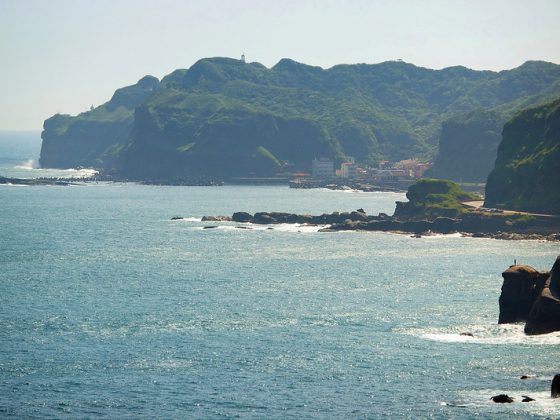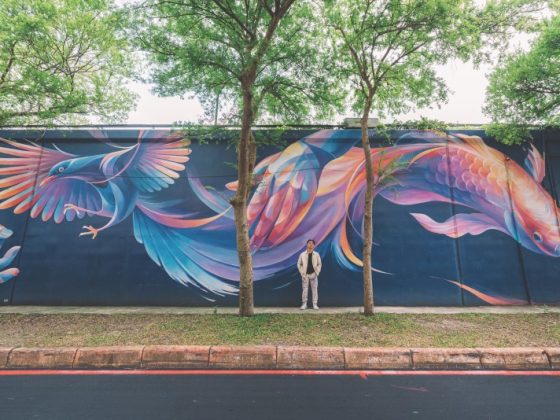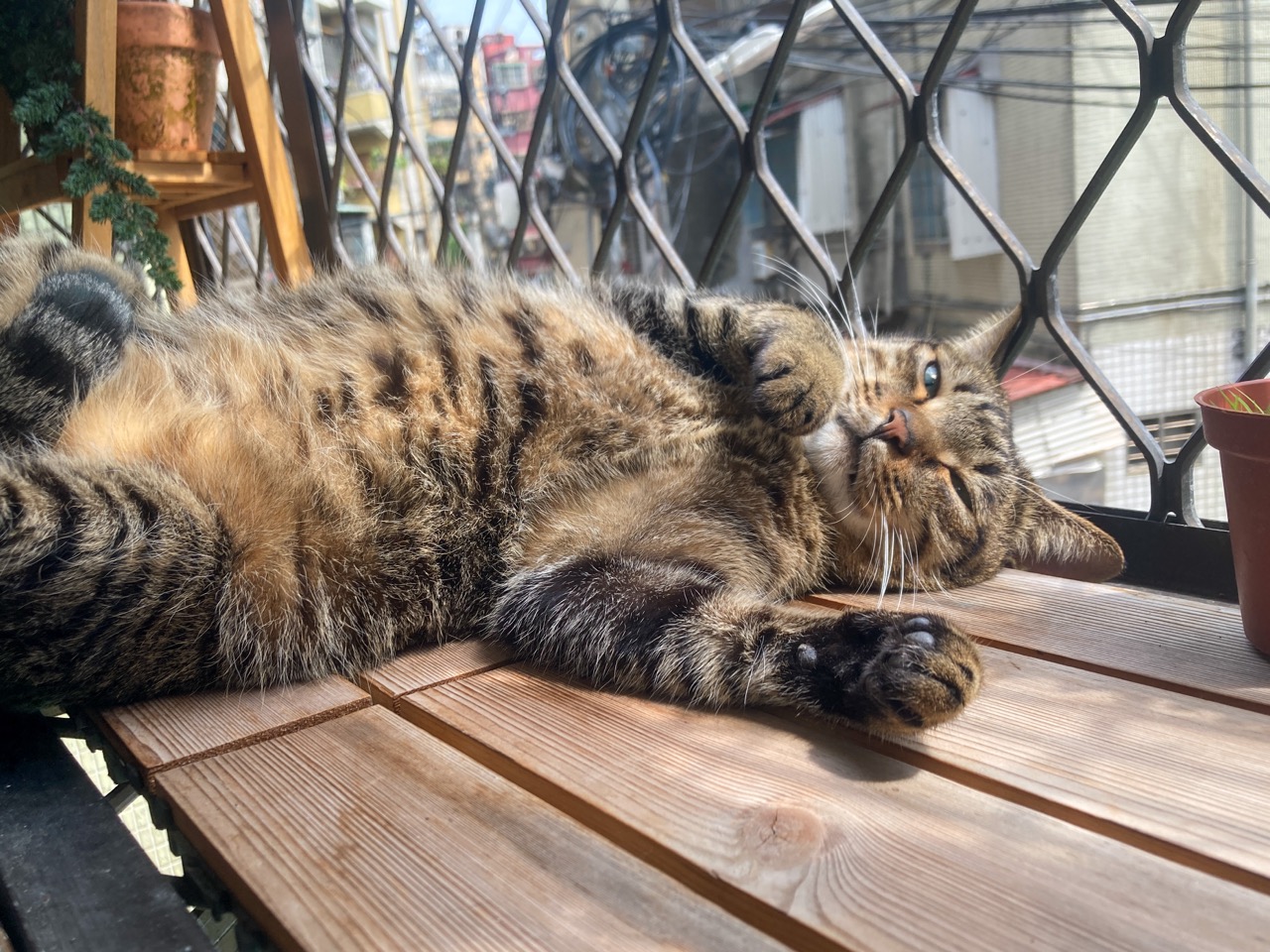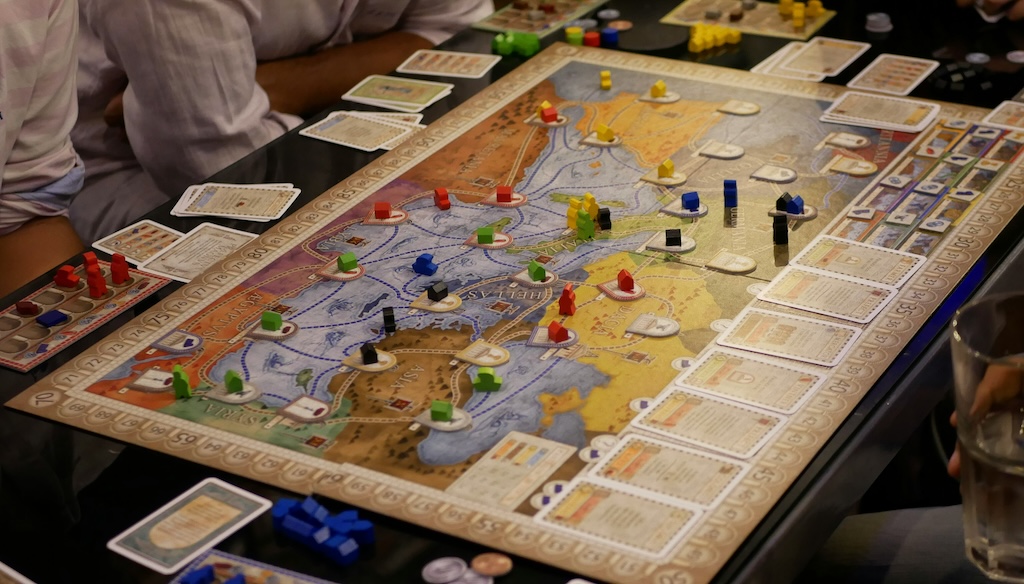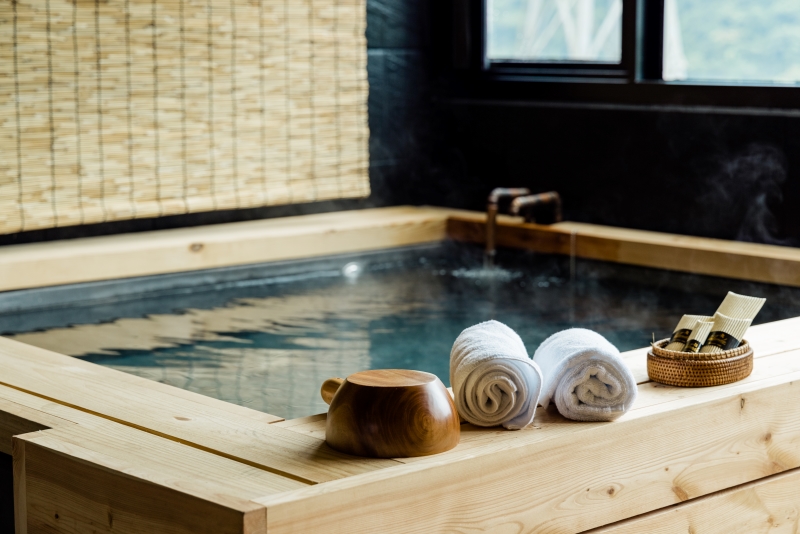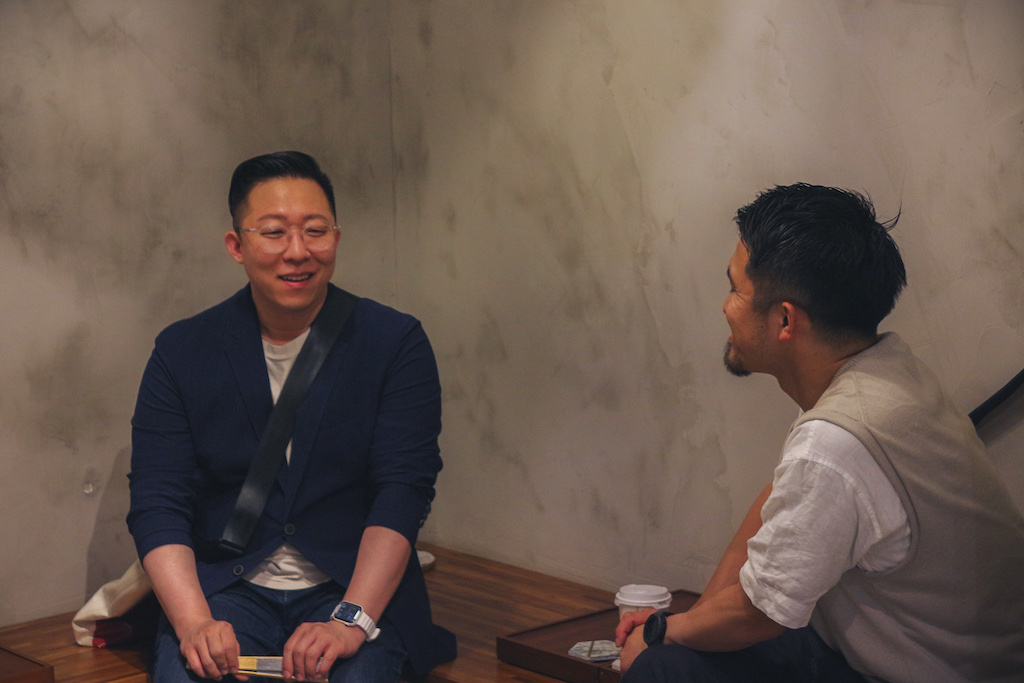June 3 is Dragon Boat Festival this year, meaning a three-day weekend for most. Held on the fifth day of the fifth month of the lunar calendar, the holiday also known as duānwǔjié (端午節) is famous for two things: boat races and zongzi. If we’ve lost you on that second one, don’t worry because you’re about to get a crash course on this seasonal treat.
What are zongzi?
Zongzi (粽子) are moreish pyramid-shaped rice dumplings that are typically wrapped in a leaf (usually bamboo or reed) and eaten hot as a snack or light meal. Often likened to tamales, they are typically filled with either sweet red bean or savory ingredients. The latter is usually some combination of shiitake mushrooms, dried shrimp, braised pork, bamboo shoots, and salted egg.
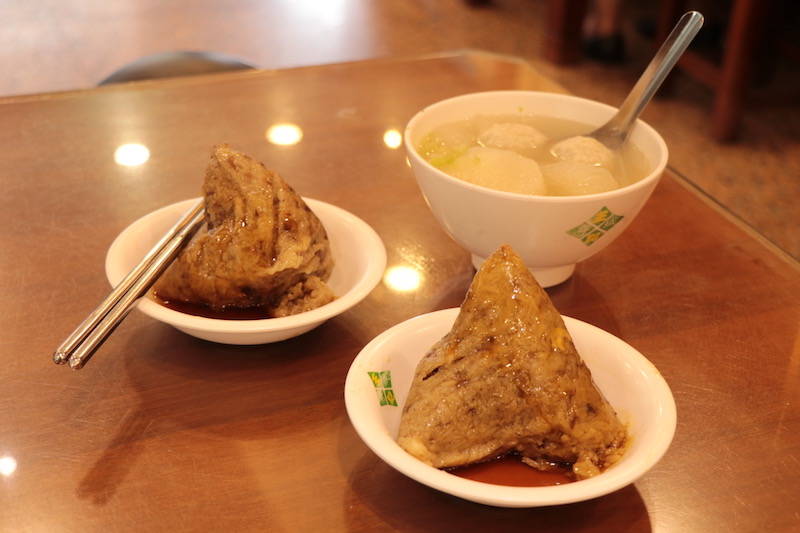
Why do people eat zongzi during Dragon Boat?
People have been eating zongzi for over 2,000 years, and the snacks Dragon Boat connection stretches back as far as the holiday itself.
There are various legends about Dragon Boat’s origins, one of the most common ones goes back to the Warring States Period and a patriotic government official named Qu Yuan (屈原). An exile of the State of Chu, Qu drowned himself when he learned that his home country had been taken over by a rival kingdom.
Seeing the suicide, local villagers threw balls of sticky rice into the river to feed the fish and keep them from eating his body. Qu was remembered as a martyr, and the glutinous snacks have been eaten in his name ever since.
Northern and southern-style zongzi
As with many other aspects of Taiwanese culture, Taiwan’s northern and southern regions are fiercely divided over zongzi.
Northern-style zongzi (北部粽) typically contains pork, shiitake mushrooms, dried squid, dried shrimp, shallots, and salted egg yolks. They are seasoned with pepper and soy sauce, stir-fried, and often wrapped in Makino bamboo leaves before steaming.
This creates a darker, chewier bite that is often compared to yóufàn (油飯) a savory sticky rice dish.
Southern-style zongzi are more likely to contain chestnuts and peanuts — and are often served with a dusting of the latter on top. “Sweet” Ma bamboo leaves, which are usually green to yellow in color, enclose the zongzi, which is usually boiled rather than steamed, resulting in a softer bite.
Other types of zongzi
Though Taiwan’s zongzi rivalry might often be referred to as the War of the North and South (南北大戰) there are more than two ways of whipping up the snack. (“Go! South!” by Editor J)
Heartier Huzhou-style zongzi (湖州粽) originated in China’s Zhejiang province. They’re longer in shape and come in both savory pork and sweet red bean varieties. You’re most likely to find these in areas of northern Taiwan that have high populations of wàishěng residents (外省人), the descendants of those who immigrated to Taiwan after World War II. For example, Wanhua District and Zhongzheng District in Taipei.
A slightly different take on the zongzi is the Hakka Banzong (客家粄粽), a seasonal staple of Taiwan’s largest ethnic minority. Banzongs use mochi-like sticky rice dough, a Hakkanese staple ingredient, and are filled with a salty stuffing of dried shrimp, dried radishes, mushrooms, and pork.
Lastly, the Paiwan, Amis, Puyuma, and Rukai indigenous groups have a similar dish to zongzi called abai (阿粨 or 阿拜) that is made with saffron-colored millet and wrapped in a leaf which is eaten with the dumpling. These have no connection to Dragon Boat Festival, however.
Where to buy zongzi
Zongzi can be found year-round at mom n’ pops all over Taiwan. But a few select stores have developed a name for themselves over the years as places to really savor this tasty treat. A-dong A-bao Sishen Tang 阿桐阿寶四神湯 in Taipei’s Datong District is one to check out for northern-style zongzi, having operated for over 30 years. Meanwhile, Liujia Rouzong 劉家肉粽富基店 in New Taipei’s Shimen district has a wide selection of northern and southern-style zongzi, as well as some sweet red bean varieties.
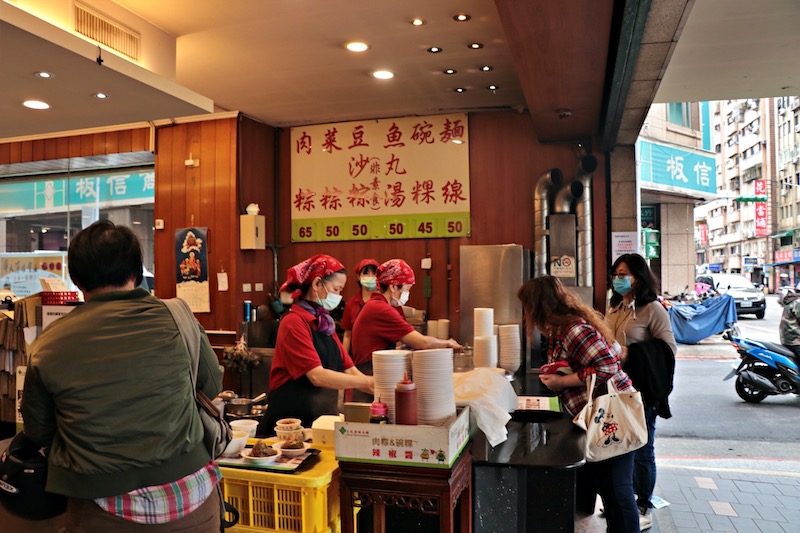
Nanmen Market, a traditional indoor market known for its diverse offerings from Mainland China, is the place to go for Huzhou zongzi. Li Family Huzhou Zong (立家湖州粽) is one to check out if you find yourself in the area this week.
Down south, kitchen savvy Tainan is a champ when it comes to the southern-style zongzi. Head to Zaifahao Bainian Rouzong (再發百年肉粽) for a perennial favorite that uses hearty long-grain sticky rice and rich fatty pork. Meanwhile, Yuanhuan Dingcai Zong (圓環頂菜粽) drenches their zongzi in a savory sauce before burying them in peanut shavings. We drool.
Zongzi taboos
Several cultural no-nos are attached to Dragon Boat and some of these extend to your zongzi. Most importantly — and somewhat confusingly — zongzi should never be given as gifts.
Traditionally, Dragon Boat zongzi were made at home and a household not making zongzi was a sign of tragedy. Therefore, to gift someone zongzi on Dragon Boat is seen by some as a convoluted way of wishing them ill fortune because it insinuates that they cannot make their own. You can get around this by asking for an insignificant amount of money in return.
Secondly, you’ll often see zongzi strung together in bundles at the marketplace, but you should never do this yourself during the holiday — especially if you planning on “selling” the snacks to a friend. This is because some believe that strings of zongzi symbolize Qu Yuan’s suicide, which is pretty morbid, and therefore, a magnet for bad luck.
Cover photo: Mae Mu


